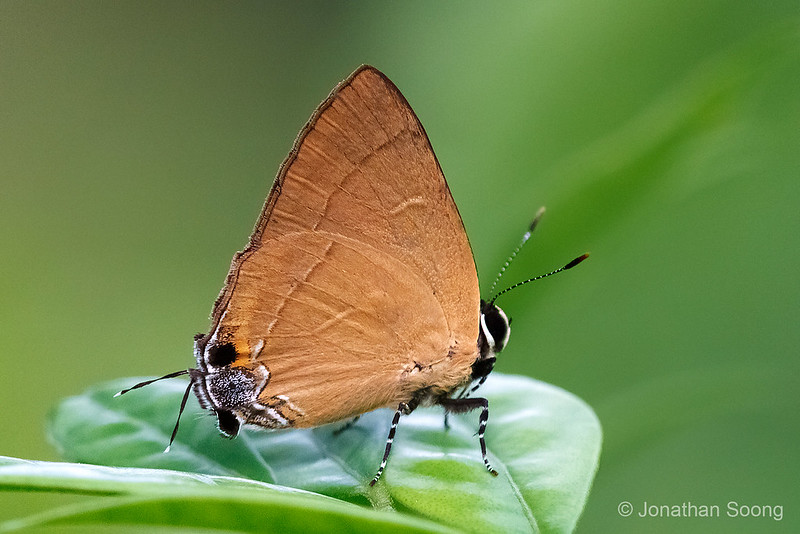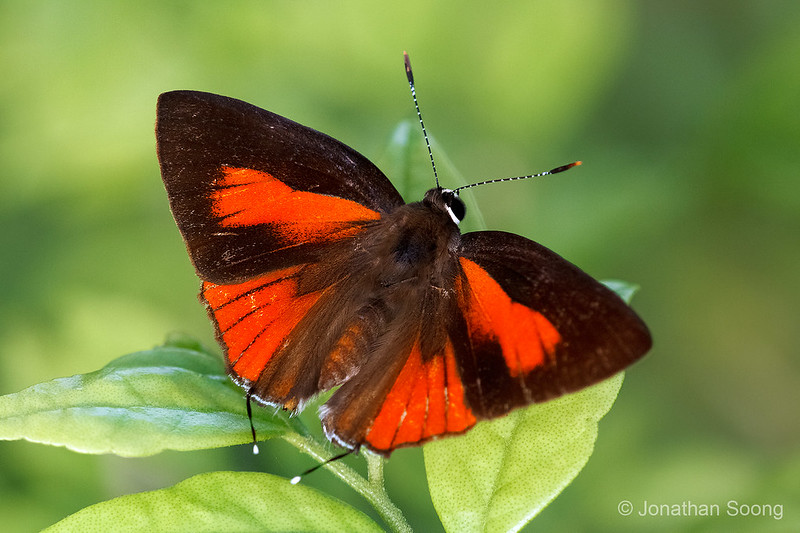I didn't notice this. I'll be going back to get more shots and look out for that.I still find that the most reliable character in damona is that the individual striae which make up the post-discal band are much straighter than the scalloped ones in dieneces
I think in R. damona, compared to R. dieneces, the post discal band appears to be 'jabbing' into the blue tornal spot. In examples of R. dieneces the is often more space between the band and the spot.




 Reply With Quote
Reply With Quote




